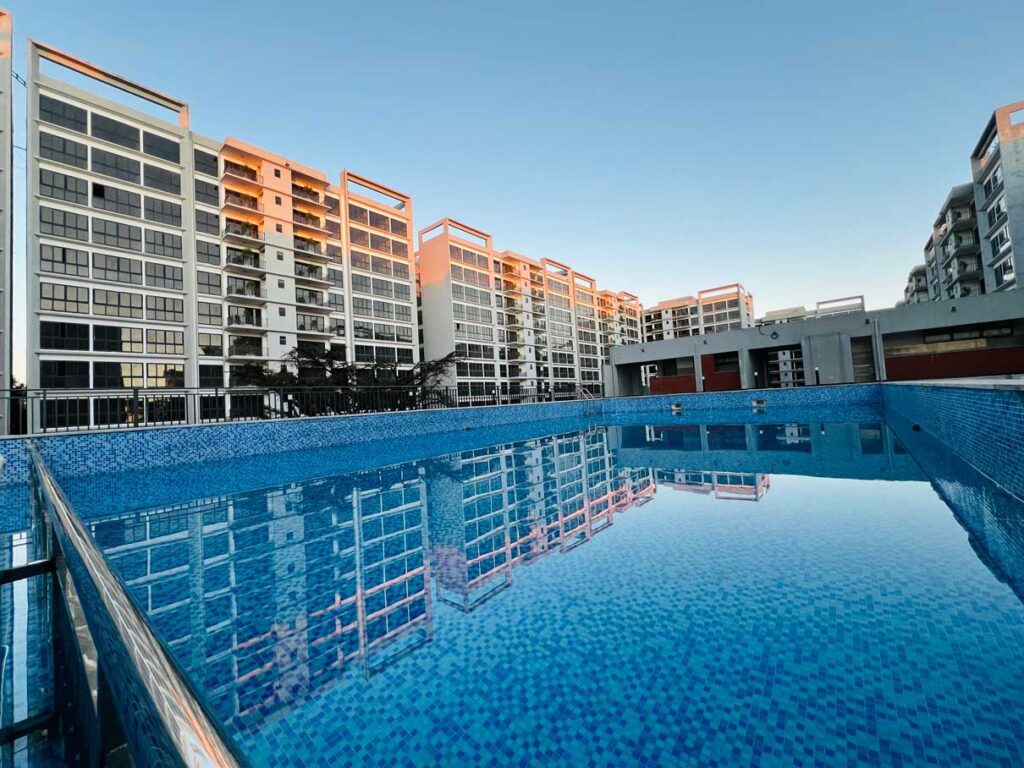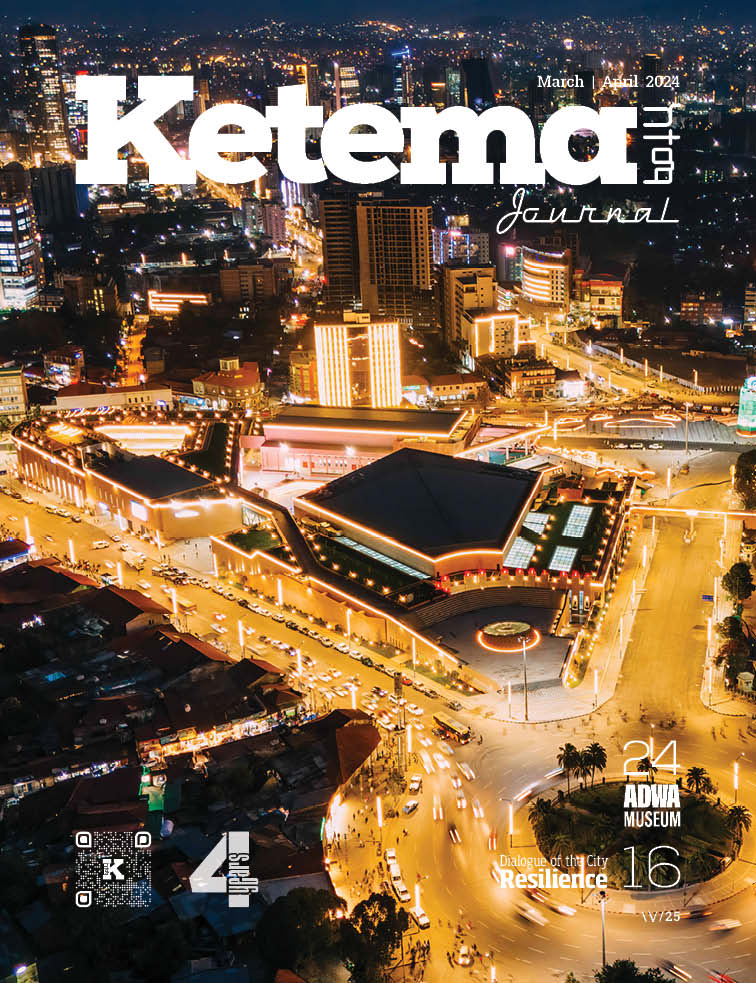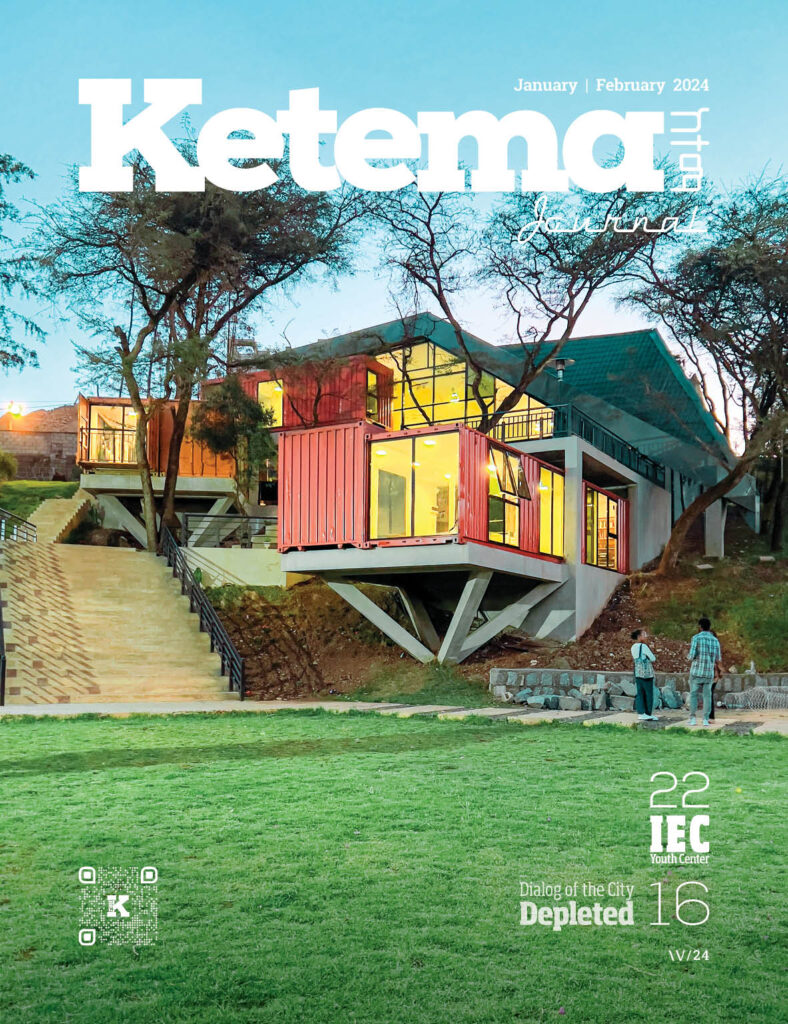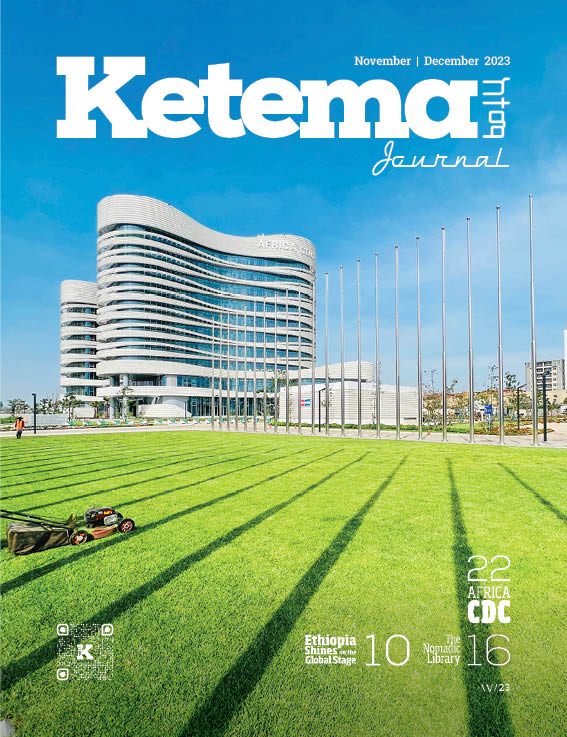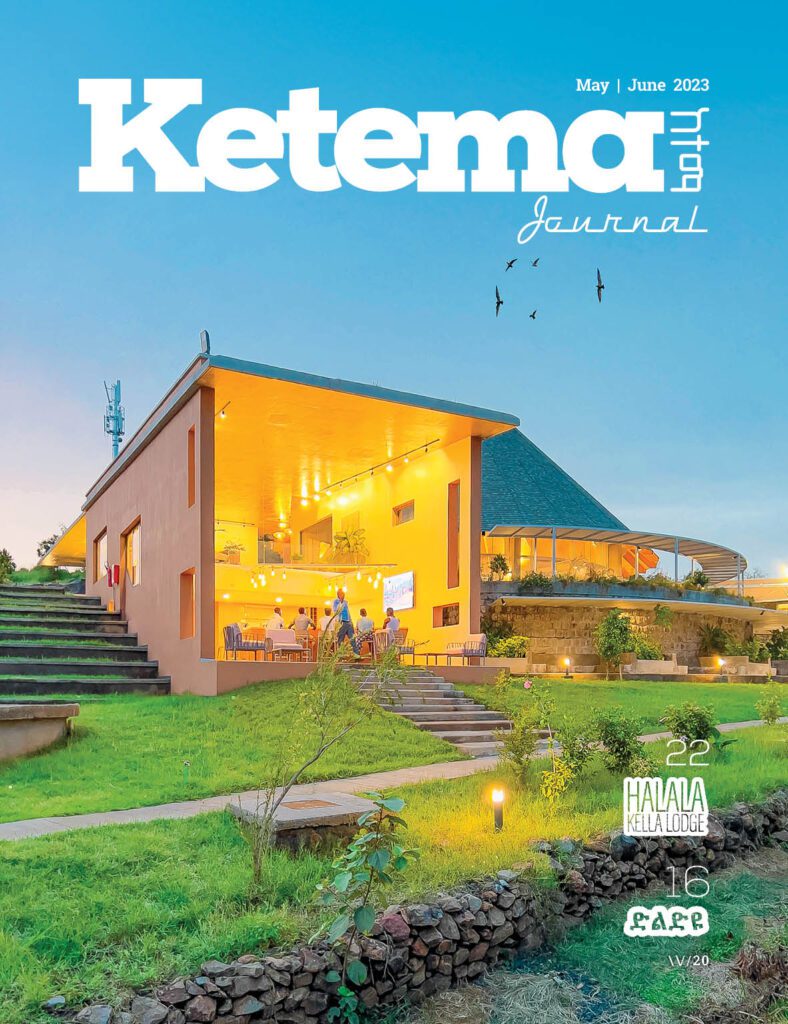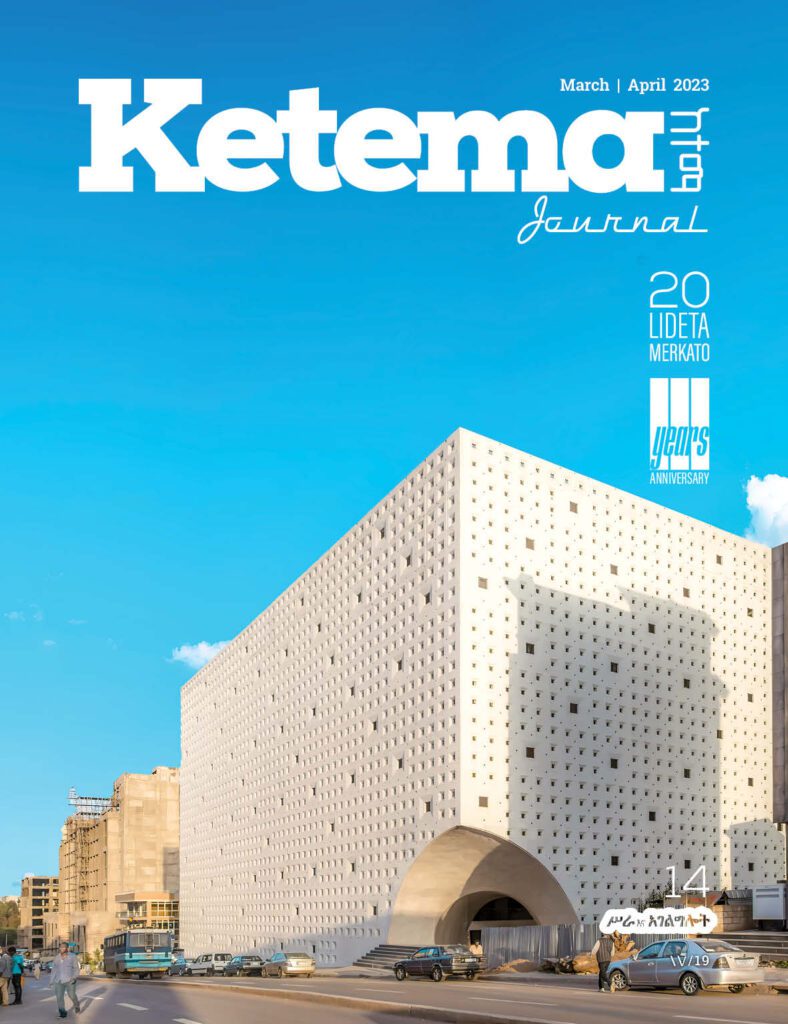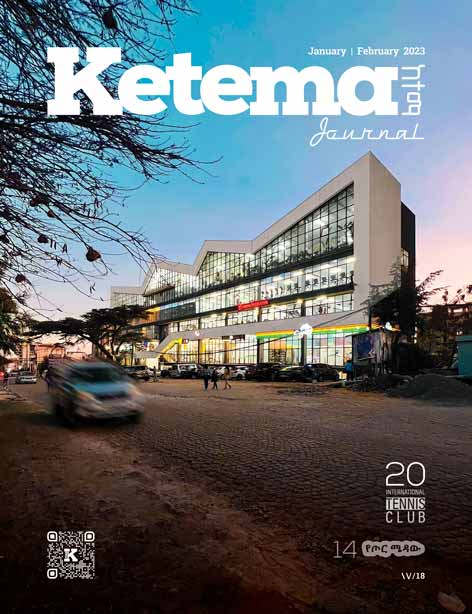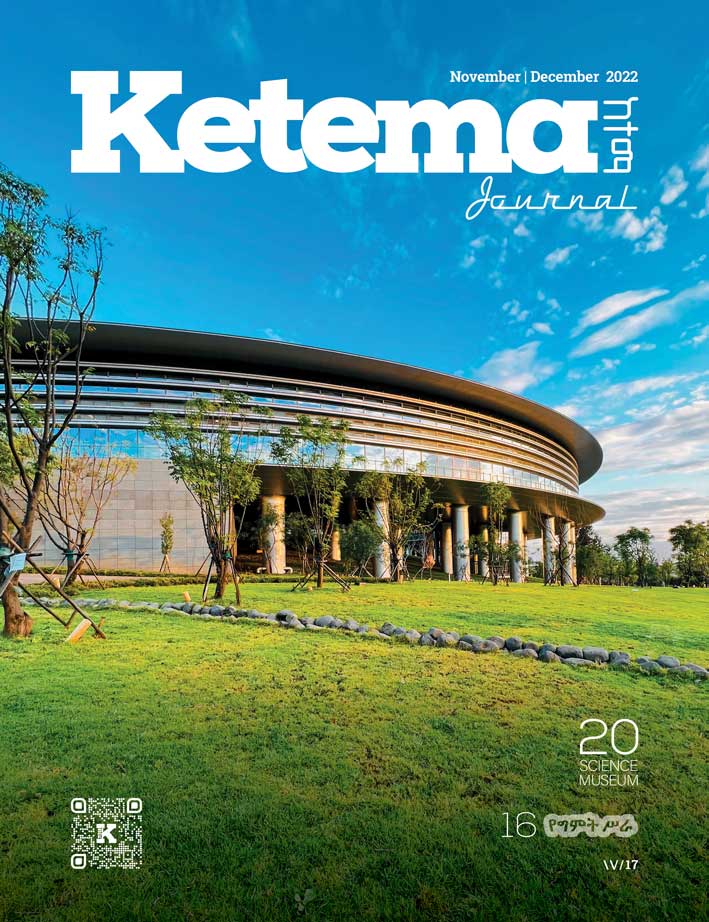
As a frequent traveler, you may have observed a remarkable sight unfolding beneath you during your flight takeoff from Bole International Airport in Addis Ababa. In just 18 months, an impressive development has emerged, capturing attention with its towering structures, elevated landscapes, and expansive design. From the airplane windows, you can spot the 16 towers positioned along the site borders, accompanied by green landscapes and social amenities nestled in between. The scene reminds you of a colossal Lego creation, with each tower block alongside its neighbors. The open spaces within the site are filled with vibrant and colorful additions, akin to parks, swimming pools, basketball courts, and elevated gardens, enhancing the overall ambiance. Inspired by this aerial experience, the thought of visiting this project upon your return flight becomes enticing.
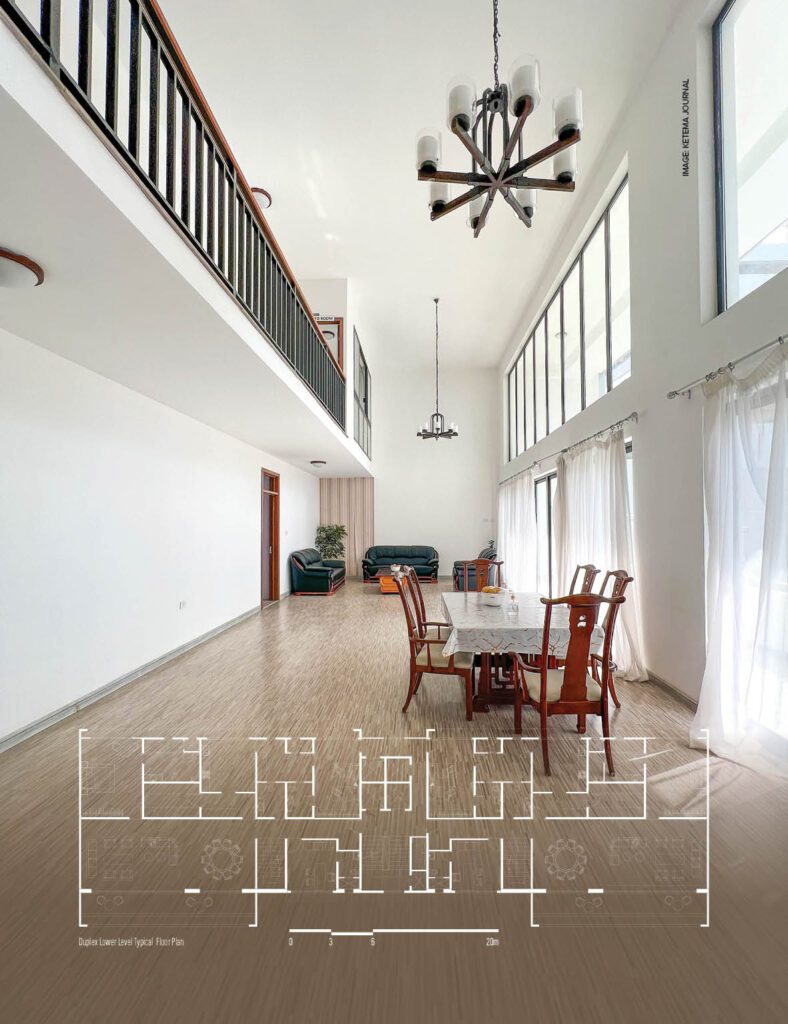
The colossal Lego set you observed above is none other than the newly unveiled Gerji Village, developed by the Federal House’s Corporation. This groundbreaking project has transformed mass housing in the capital city through its innovative approach. Nestled within an elevated landscape, Gerji Village comprises 16 blocks, offering a harmonious living environment enriched by thoughtfully integrated social amenities. Its efficient design and strategic placement signify a remarkable milestone in urban construction in Ethiopia, paving the way for a new era of development. Spanning over 3 hectares, this modern residential village boasts a total of 500 residential units of consisting a duplex as well as a variety of conventional apartment configurations.
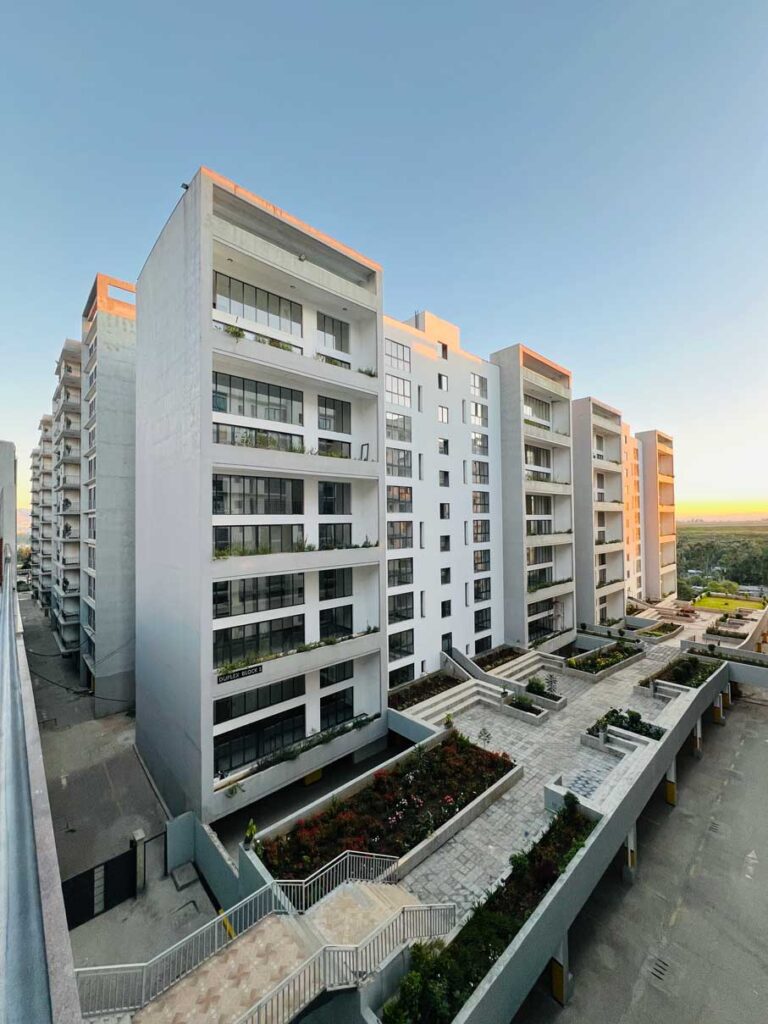
Following an organizational reform in 2010 E.C., the Federal Housing Corporation (FHC) embarked on a mission to address the overwhelming demand for housing by developing innovative solutions. Recognizing the need to cater to the substantial housing requirements, FHC identified the Gerji site as its pioneering project, specifically tailored to cater to the needs of higher officials. The development was envisioned as a response to the pressing demand for housing, and FHC sought to overcome the challenges associated with conventional construction methods. As a result, the decision was made to adopt a design and build delivery system, incorporating new and reliable technologies to surmount the difficulties commonly encountered in the usual construction process. This strategic shift represented FHC’s proactive response to the pressing need for innovative solutions in the housing sector.
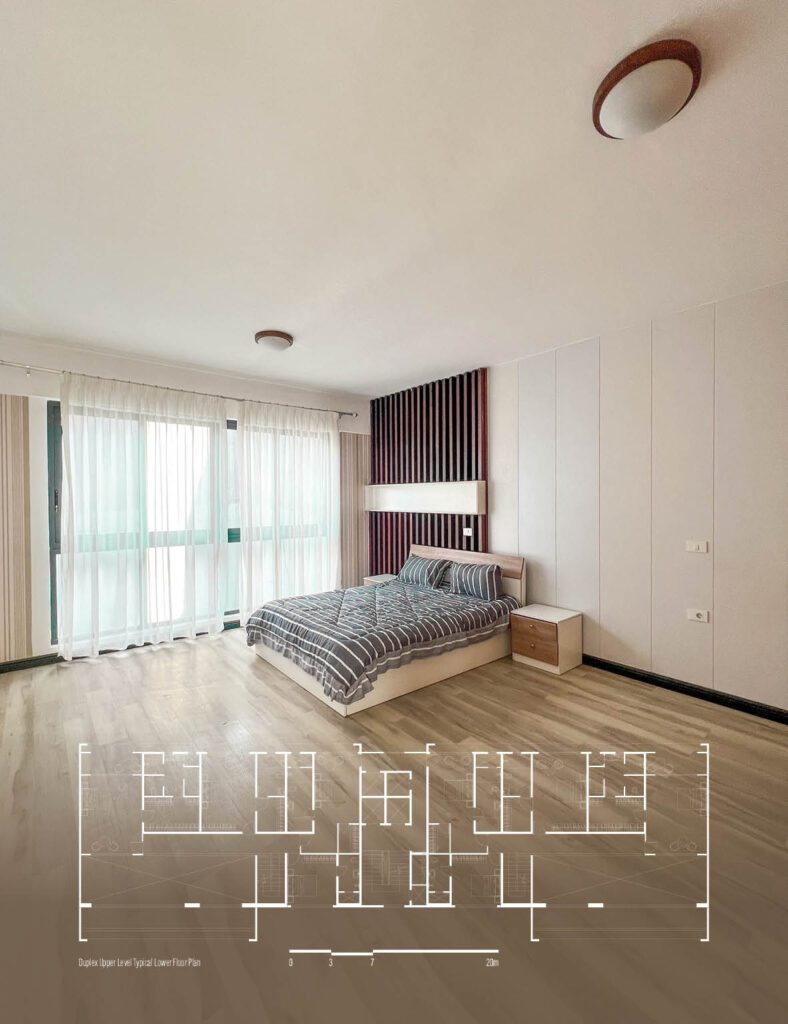
Now that you have returned to town after your flight, it’s an ideal moment to embark on a tour and discover the intricacies of Gerji Village firsthand. As you enter from the northwestern face or its left side entry, you’ll immediately notice the imposing presence of the massive 10-story blocks. These blocks align on a long side parallel to your front and perpendicular to your right, creating a visually striking composition that commands attention.
The lower wing of the development, which consists of the duplex units. These units extend to the southwestern end, offering magnificent views of Bole Airport. As we enter, you’ll immediately notice that the ground level is dedicated to vehicular circulation and primarily serves as a parking area, including spaces under the overhead communal garden, which we will visit shortly.
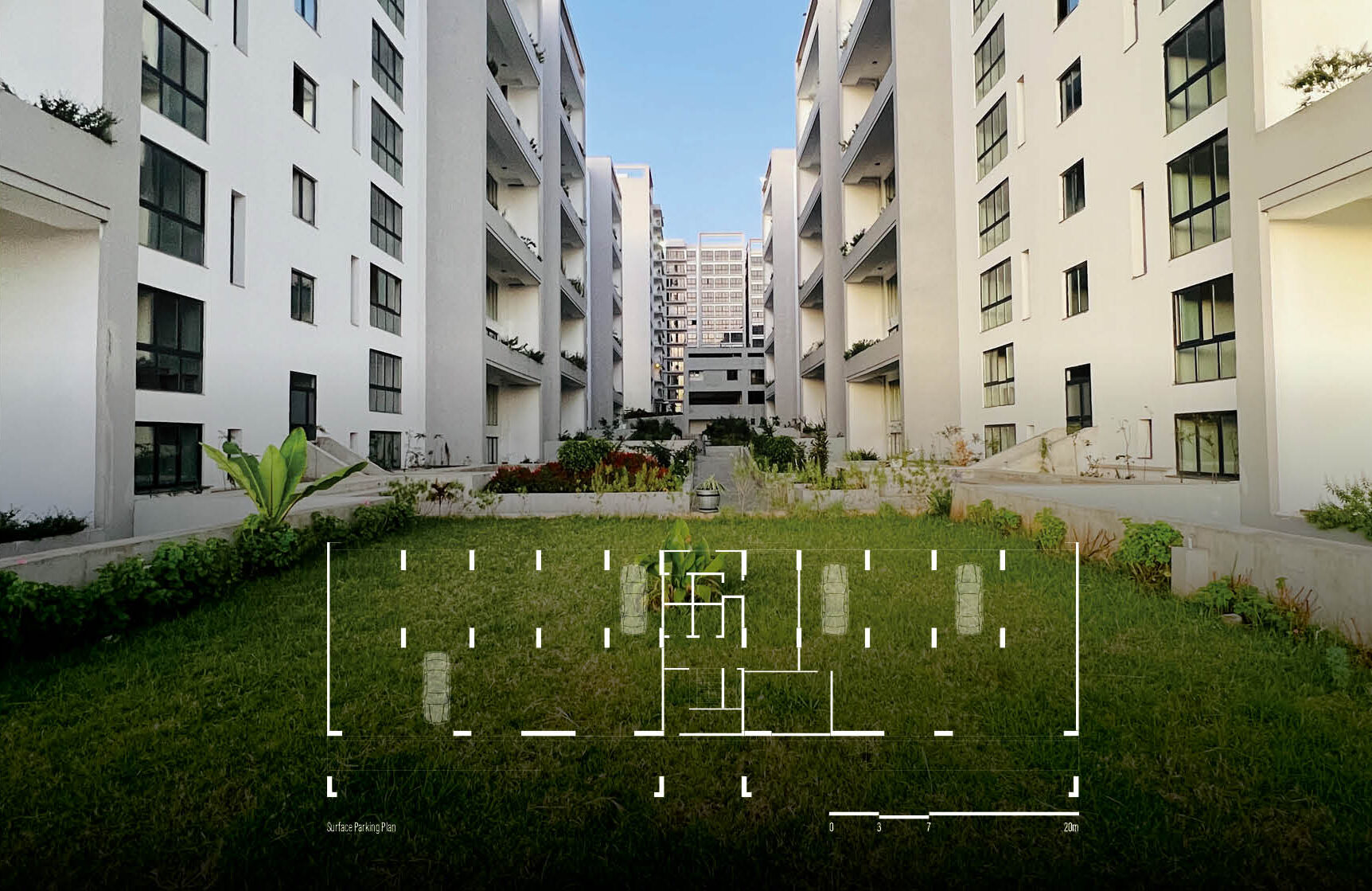
Making our way to the entrance of one of the blocks, we discover a welcoming reception area featuring double elevators that provide access to the residential floors above. Additionally, there is a dedicated service elevator, ensuring convenient access for personnel and facilitating the handling of belongings and accessories for individuals who may require assistance during their travels. The layout of these duplex units follows a typical plan, with symmetrical designs encompassing double units per two floors. Upon entering one of these units, you’ll discover an office space, a single bedroom, and a spacious living-dining area. The living area opens out to an equally generous balcony, overlooking the elevated garden down at the first-floor level. As we ascend to the top floor, a passage connects three additional bedrooms, offering delightful views of the living area. Lastly, a master bedroom, complete with an en-suite bathroom and a charming mini balcony.
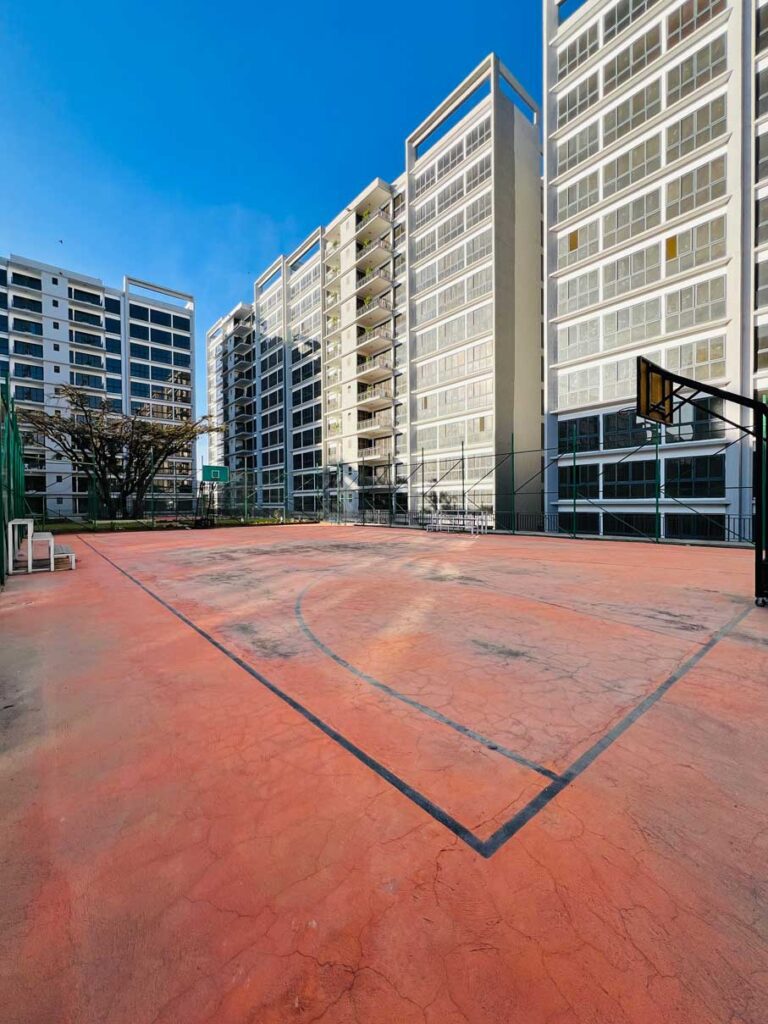
Down on the first level, you can access the elevated garden and walkway, connecting the six duplex units. This walkway incorporates communal spaces and is designed with green-building concepts in mind, ensuring a harmonious blend of aesthetics, architecture, and landscape. It offers residents a functional and visually appealing space where they can take evening strolls, socialize with neighbors, relax in cozy seating areas, engage in outdoor games, indulge in gardening activities, or simply enjoy the ambiance, providing a multitude of options for them to spend their time.
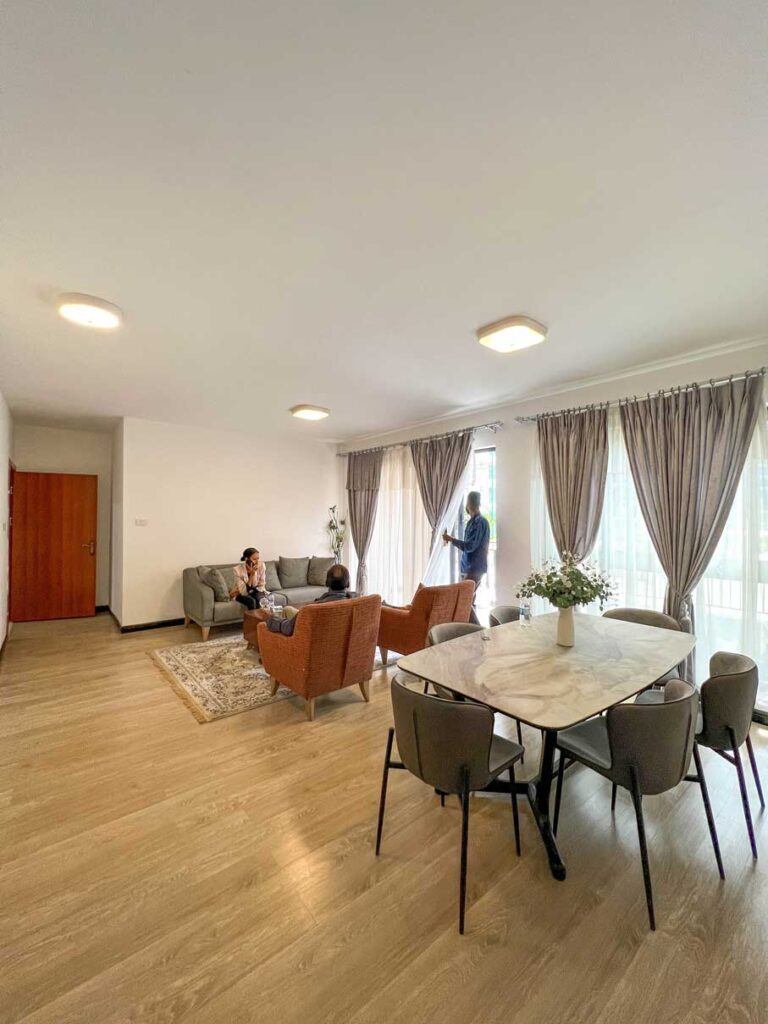
Having explored the lower wing, let us now move on to the upper wing of the development. Here, you encounter ten apartment blocks surrounding sports courts, communal amenities, and walkable spaces. These ten housing blocks, each comprising a ground floor plus ten stories, are known as the “Apartment Blocks” and offer a total of 440 housing units, including both 3 and 4-bedroom configurations. Within the amenity block, you’ll find a wide range of indoor and outdoor facilities designed to enhance residents’ quality of life. The indoor facilities encompass a restaurant/cafe, a meeting hall, a beauty salon, a daycare center, a supermarket, a gymnasium, indoor game areas, and office spaces. On the other hand, the outdoor facilities cater to various recreational activities and include tennis and basketball courts, a garden area, a children’s playground, cycling and jogging tracks, outdoor seating areas, an amphitheater, and swimming pools for both adults and children.
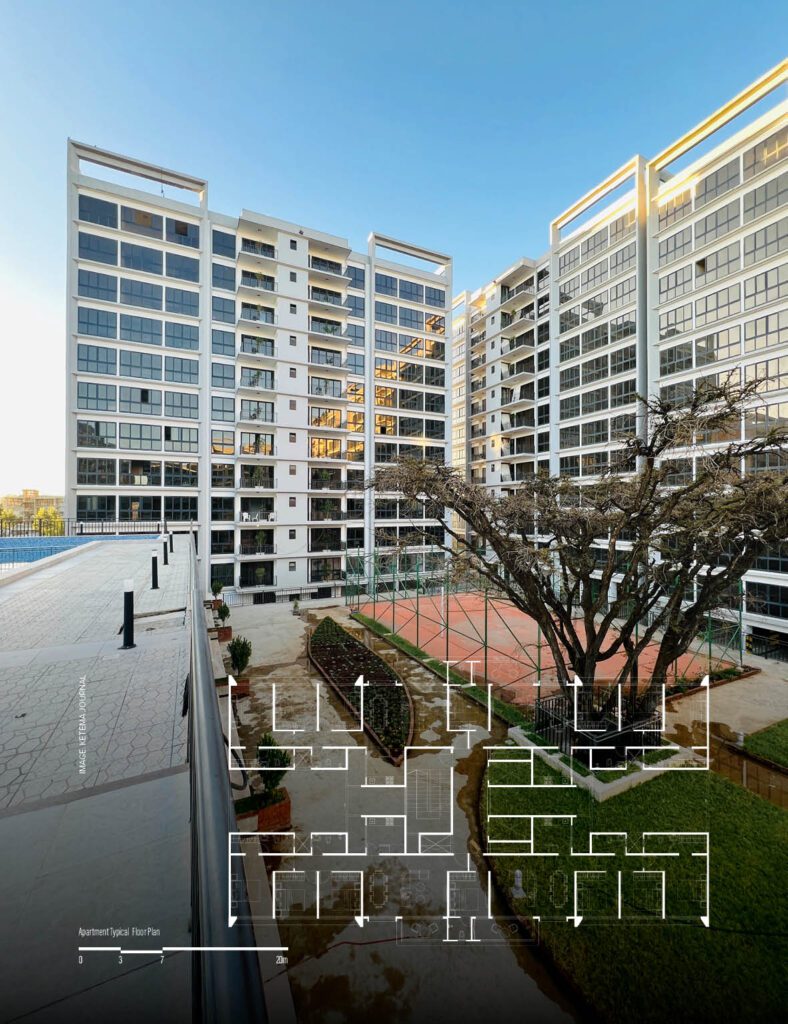
The development upgrades communal living by integrating infrastructure and enhancing existing mass housing solutions. Gerji Village introduces modern features, including over 700 parking spaces, ensuring convenient parking for residents. Security and surveillance systems are also in place to prioritize safety within the development. Additionally, the incorporation of graphics, signage, and wayfinding elements both indoors and outdoors improves navigation and enhances the overall aesthetics. The landscape features carefully selected hardscape materials, lush vegetation, and thoughtful compound lighting solutions, creating a visually appealing environment. These advancements not only enhance the functionality and convenience of the development but also contribute to a higher quality of life for its residents.
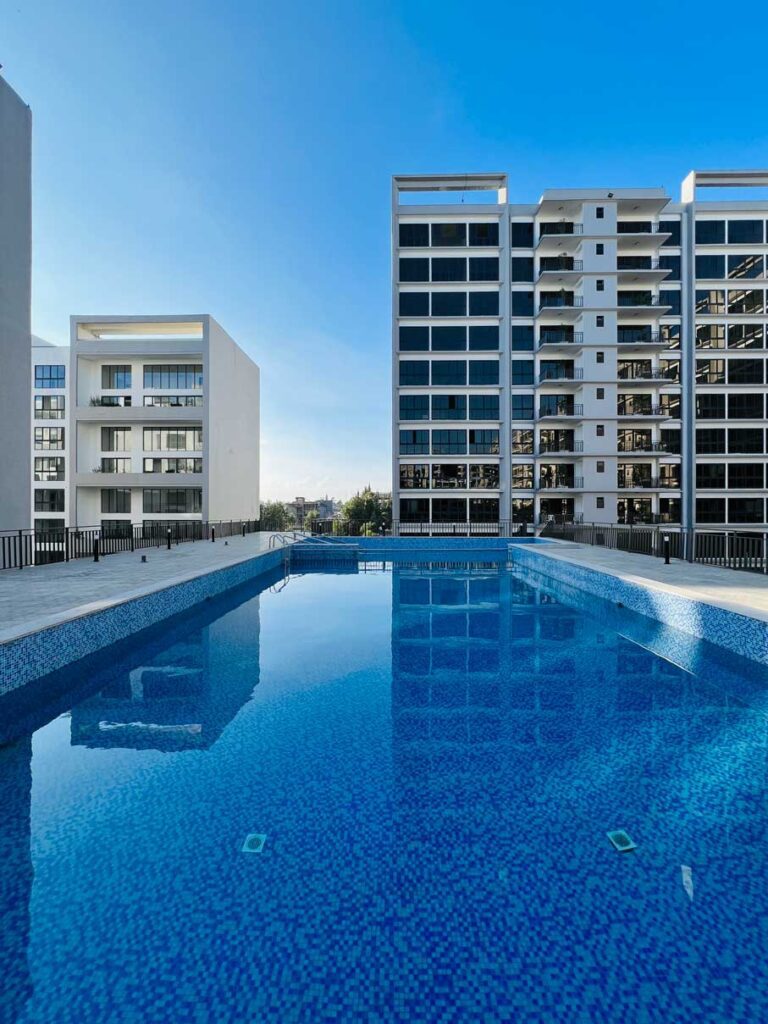
The Gerji Village development sets itself apart by employing groundbreaking construction techniques that have not only elevated the quality of construction but also significantly reduced the overall project timeline to an impressive 18 months. These techniques were implemented as part of FHC’s strategy to overcome the challenges associated with conventional construction methods. Ovid Construction, the contracted company, played a pioneering role by introducing the innovative “Aluminum Formwork System” supplied by Kumkang Kind, a renowned manufacturer of system formwork based in South Korea.
The Kumkang Aluminum Formwork system offers several noteworthy advantages. Firstly, it enables the seamless pouring of walls, beams, columns, slabs, and staircases, thereby reducing construction time. Additionally, the lightweight and durable nature of the aluminum formwork simplifies transportation, handling, and on-site assembly. Moreover, this system ensures exceptional dimensional accuracy, resulting in precise and uniform concrete structures. Furthermore, the reusable nature of Kumkang aluminum formwork minimizes waste generation and promotes sustainability within construction projects. Collectively, these advantages deliver cost savings, enhanced productivity, and superior construction quality throughout the entire process. Such construction techniques offer developers and contractors the opportunity to expedite and elevate the quality of future building projects in the city and country.
In conclusion, the Gerji Village development represents a remarkable integration of communal living, sustainable design, and innovative construction practices. With its thoughtfully designed communal spaces, green developments, and efficient construction techniques, it has upgraded the standard of living for residents while setting a new benchmark for architectural excellence. The incorporation of communal amenities fosters a sense of community, while the implementation of sustainable features promotes a healthier and more eco-friendly environment. From reduced construction time to enhanced energy efficiency, Gerji Village stands as a testament to the transformative power of innovative architecture, construction, and the pursuit of a better quality of life for its residents. As our tour comes to an end, it’s time to head to the airport to ensure you don’t miss your next flight. Taking one final glance through the plane’s side windows, you can now truly appreciate the intricate details and tremendous efforts that have gone into crafting this captivating and vibrant Lego set.
